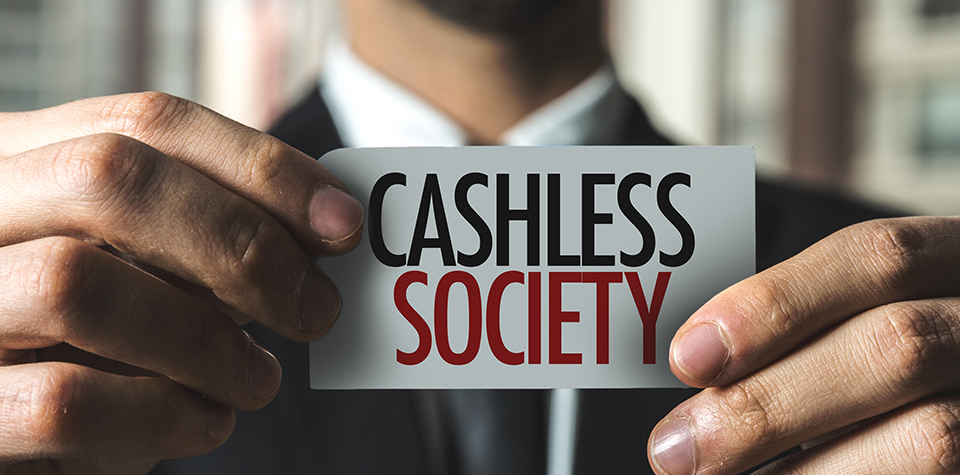The 5 Differences Between E-money and E-wallet
Digital transaction is getting more popular. Curious about the differences about e-money or e-wallet? Find out here.

Compared to conventional transactions, digital transactions seem to be more dominating in the recent years. Public and online transportation service, food service, electricity bill, cellphone credit, etc, nowadays can be paid easily through any kind of digital transactions.
To do digital transactions, people use electronic money which consists of e-money and e-wallet. However, many could have still assumed that e-money and e-wallet are exactly the same thing. In fact, they have significant differences.
Below are some information you should know about e-money and e-wallet. Why are they different?
- Chip-based and Server-based
E-money is a pioneer of electronic money in Indonesia. It’s a chip-based money, which means there is a microchip embedded in the face of the card. Until now, people are still using e-money to pay for their public transportation fare such as train or Transjakarta bus.
On the other hand, e-wallet is a server-based electronic money. Simply saying, it’s the one you got on your smart phone. However, please note that you usually need an internet connection to use e-wallet.
In summary, e-money is more like a physical and real item you can hold in your hands. Meanwhile, e-wallet is like an application installed on your phone and also requires an internet connection.
- Registration
People can just buy e-money in some merchants or convenience stores with no registration required. E-wallet is different as user must fill in clear and complete registration to use it; just like making an e-mail account.
- Balance Top-up
There is not much difference when it comes to e-money and e-wallet top-up. You can do a top-up for your both e-money and e-wallet through the issuer company as well as in merchants or cooperating banks.
However, you usually have more diverse options for your e-wallet top-up. You have less options for e-money because it’s commonly and mostly issued by a particular bank. Thus, the top-up procedure for e-money is usually done by using the service of the bank which issues it.
- User Segmentation
For this point, e-money is a plus compared to e-wallet due to its broader segmentation. Most people tend to choose e-money because it’s simply a physical card that’s easy to use. E-money is also able to gain more offline partners as e-wallet is mainly focused on online transactions.
Most of e-wallet segmentation itself are online shoppers and they need to install the application to run their daily activities. Thus, in term of efficiency, the popularity of e-wallet keeps increasing since it’s installed on the phone with no additional media needed. It’s the best solution for online shoppers and merchants who mostly do their activities in mobile mode.
- Balance Limit
Do you prefer to save such big amount of money? E-wallet is the answer, then. Why? According to the rules implemented by Bank of Indonesia, the maximum saving amount of e-money is only up to IDR 2.000.000,00 while e-wallet usually has more amount limit.
Well, those are 5 things you should know about e-money and e-wallet. Hope you get no confusion anymore.
In order to make your digital transaction easier, our mobile application DBS IdealTM is ready to help as a part of DBS’s commitment to our customers. With DBS IdealTM, you can easily access all of your financial accounts, carry out fast and secure payments, anytime, anywhere. For more information about DBS IdealTM, click here.




That's great to hear. Anything you'd like to add?
We're sorry to hear that. How can we do better?